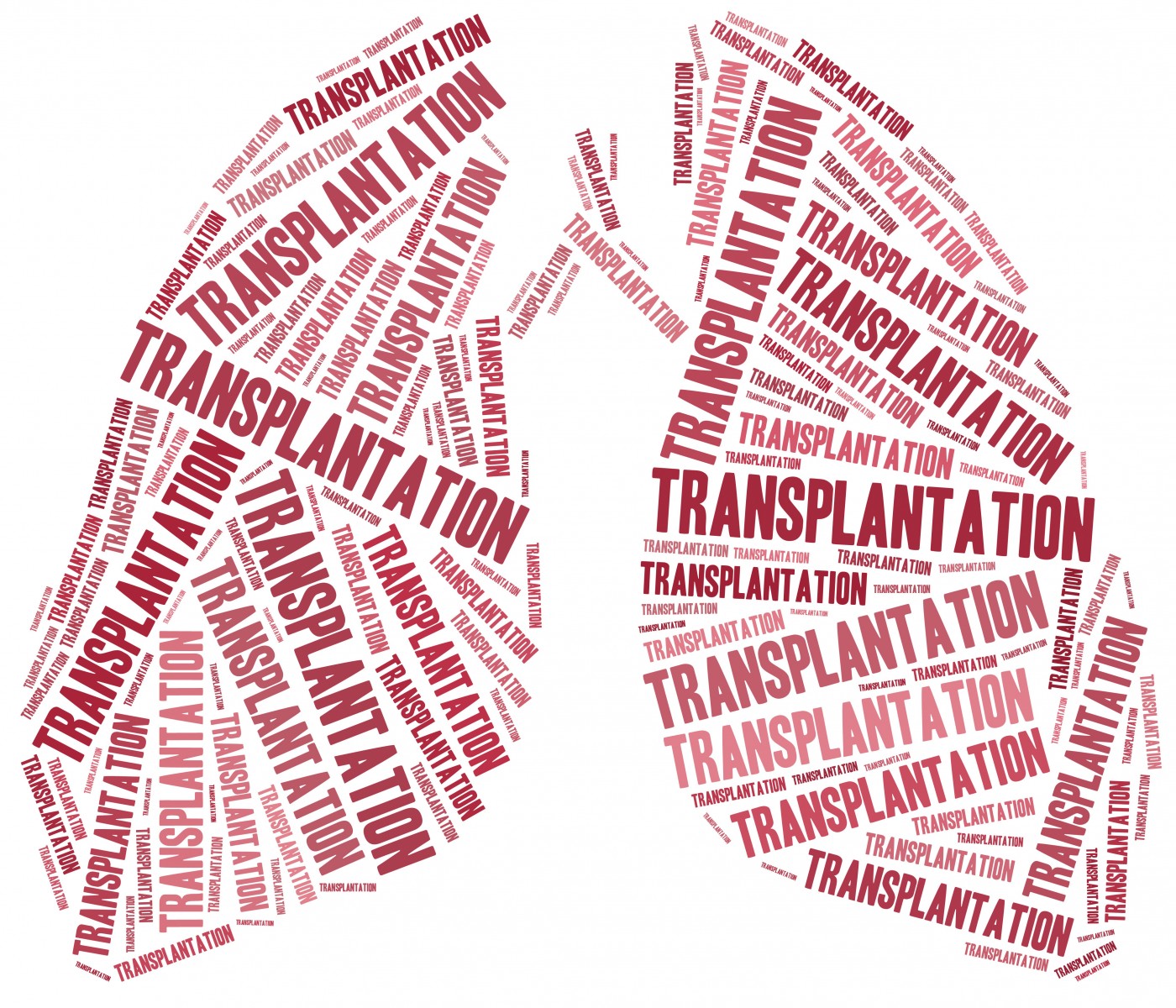Scientists Advance Research on Engineering New Lungs For Pulmonary Fibrosis, Other Diseases

Worldwide, more than 64 million people are affected by Chronic Obstructive Pulmonary Disease (COPD) according to the World Health Organization, and in 2030 the condition will be third leading cause of mortality. COPD causes lung scarring, also called pulmonary fibrosis. The condition has no cure, and once the scarring has occurred, the lungs have no ability to repair themselves or be repaired. However, lung transplantation can be a solution in the late stages of the disease.
Lung transplantation is often a last resort, as there is a high rate of lung rejection in those who receive transplants. In a recent study, Cheryl Nickerson and colleagues from Arizona State University’s Biodesign Institute created a new method to address the problems related to lung transplantation and repairing scarred lungs.
In an article published in the journal PLOS One, the team details a novel approach for lung engineering that can provide an unlimited supply of donor organs. Before this kind of technology can advance to the point where it is a viable option for patients, additional research is needed. However, the results derived from animal research is encouraging.
Previous research into engineering lungs has involved the removal of cells from the lung of a deceased individual and reseeding the resulting decellularized scaffold structure with stem cells from the lung recipient. Evidence gathered from early studies could be optimized for the development of a functional lung built from the organ recipient’s own cells, limiting graft-host rejection.
New research supported by the Mayo Clinic-ASU, NIH and NASA reveals the benefits of conducting the cell re-population process in a dynamic suspension culture. In this process, the cells tumble as they re-seed the decellularized lung. “There is an urgent need for the development of lab-engineered lungs from patient stem cells that are suitable for both transplantation and as predictive models for biomedical research to probe the links between cell function and respiratory disease,” Nickerson said in a recent news release.
“This was an extraordinarily challenging but rewarding study that took years to complete, and we are excited that it will contribute to the current and growing body of knowledge in the field with potential downstream implications for regenerative medicine as well as identifying the underlying factors that may contribute to the transition of normal to fibrotic lung disease.”
Aurélie Crabbé, the study’s lead author, highlights the potential for this new strategy. “Our study demonstrates that reseeding lung scaffolds under dynamic conditions could be beneficial for ex vivo lung engineering,” Crabbé said in the news release.
“Dynamic culture conditions enhanced cell growth and viability, and stimulated stem cells to differentiate into matrix-producing cells as compared to static conditions — both findings might help rebuilding lungs from acellular scaffolds. Tremendous progress has recently been made on the use of cadaveric lungs as building blocks for the generation of new lungs, and we are hopeful that continued advancements in this field will one day provide a new source of much-needed organs.”
The idea behind the new bioengineering strategy involves the removal of cells from a donor lung extracted from a cadaver, reseeding the remaining decellularized scaffold with stem cells from the patient, allowing the cells to adhere to the lung scaffold, developing in different cell types of functioning lung, and transplanting the fresh organ in a living organism.
Studies conducted in rodents’ decellularized lungs that were recellularized and transplanted revealed only a modest success in creating functioning pulmonary tissue, with results only reaching partial recellularization of alveoli, airways and pulmonary vasculature.
Scientists in this current research project sought to improve recellularization of the lung scaffold in a mouse model. The results demonstrated that decellularized mouse lungs recellularized in a dynamic low fluid shear suspension bioreactor, termed the rotating wall vessel (RWV), and contained more cells with decreased apoptosis, increased proliferation and enhanced levels of total RNA compared to static recellularization conditions.
The researchers used two relevant mouse cell types: bone marrow-derived mesenchymal stromal (stem) cells (MSCs) and alveolar type II cells (C10). They then identified differentiation of MSCs into collagen I-producing fibroblast-like cells in the bioreactor, indicating enhanced potential for remodeling of the decellularized scaffold matrix.
Based on these findings, the researchers concluded that dynamic suspension culture is promising for enhancing repopulation of decellularized lungs, and could contribute to remodeling the extracellular matrix of the scaffolds with subsequent effects on differentiation and functionality of inoculated cells.
“Imagine, if we can one day create a fully functional normal or fibrotic lung in the lab, understand the reasons why it behaves the way that it does, learn the tipping points that cause it to transition either way, and test how preventative therapies work,” Nickerson said in the news release. “The potential findings could have tremendous implications for diagnosis, treatment and prevention for a variety of respiratory disorders, including those due to infectious disease, cancer and environmental toxins.”







